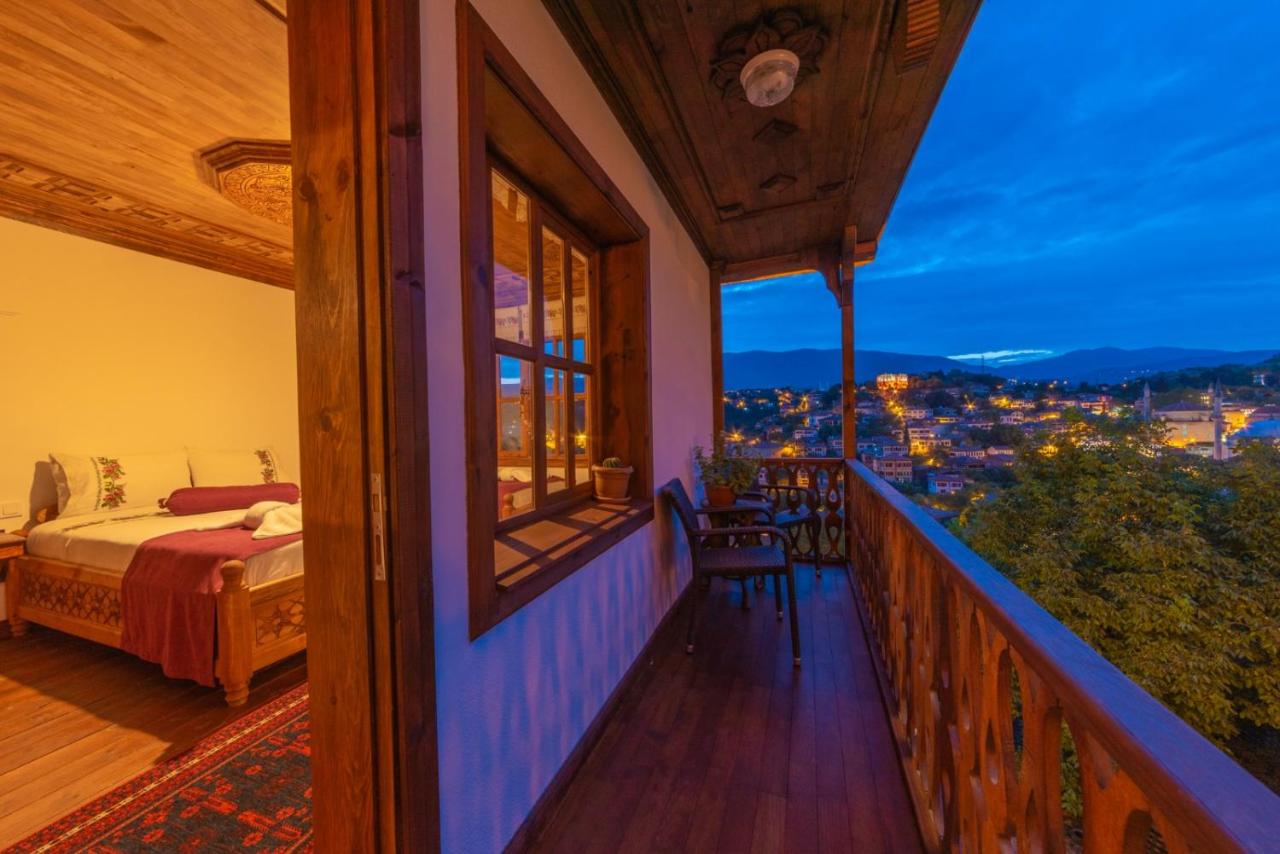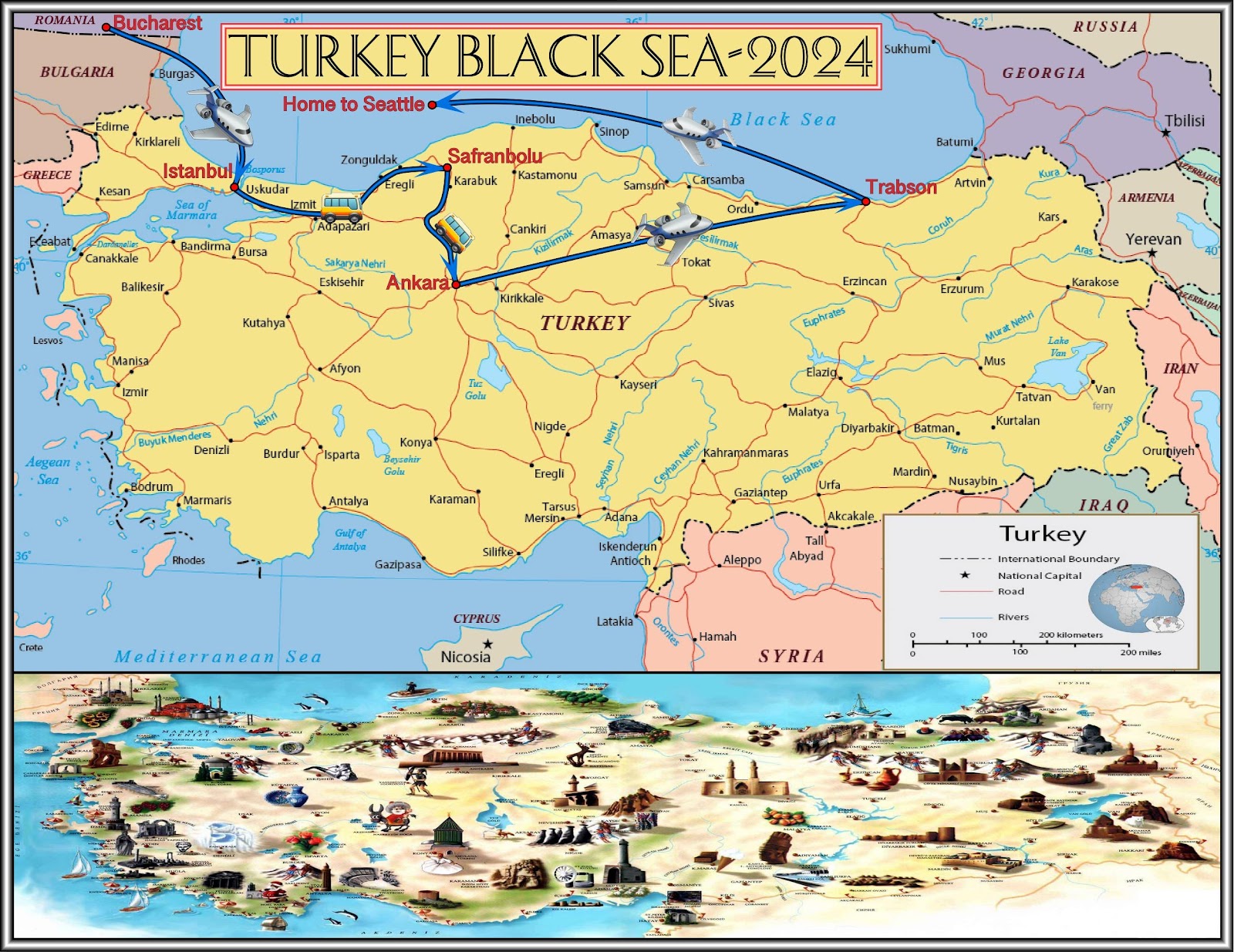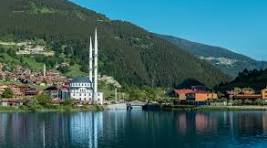 |
| Let's have some papanasi, a typical Romanian dessert made with a sweet dough, blueberries and cream |
Over-tourism seems to be the buzz word these days as major European cities grapple with thousands of visitors all seeking the same experience.
On my desk is a story about the trails linking Italy's Cinque Terre five villages snarled by pedestrian traffic jams.
Venice has started charging day-trippers a 5 euro entry fee.
Locals in Spain sprayed tourists with water pistols during a recent protest over how visitors have affected apartment rentals and food prices.
My guess is Bucharest, Romania and Trabzon, a Turkish city on the Black Sea near the border with Georgia where my husband and I will visit soon, don't have these problems.
Granted, we are lucky enough in more than 40 years of travel, to have seen most of Europe's major tourist sites, meaning we have the luxury of skipping the most crowded areas in favor of more remote destinations.
After spending nine days in Romania 17 years ago touring the medieval fortress towns of Transylvania and the rural Mararmures, we headed straight to the train station in Bucharest without stopping to see the city. At the time, it didn't look like much and had a reputation for crime. In retrospect, like many of the post-Soviet capitals of Eastern Europe, it was just waiting for the 21st century to happen.
Fast-forward from the early 1900s when Bucharest was known as "Little Paris" due to its French-inspired Belle-Epoque buildings to 1989 when much of it was destroyed by dictator Nicolae Ceausescu to today where 19th century palaces stand next to colossal Communist edifices. The historic old town buzzes with cafes, restaurants and bars with outdoor terraces and prices far less than you'd pay in Rome or Amsterdam. A double room with breakfast in the Rembrandt Hotel in Old Town is $120 per night.
 |
| Rembrant Hotel |
 |
| Old Town Bucharest |
One of our most vivid memories of our last trip was being invited for Sunday "mici" at our homestay in Sighisoara, site of Bran Castle, considered to be the home of Dracula. Mici- small, stubby spiced sausages- are a Romanian staple. Our host cooked them on a grill and served them with white bread, mustard and homemade wine.
On our list for this visit is to eat mici more than once, and hopefully at Hanul lui Manuc, an inn built in 1808, and originally owned by a wealthy and flamboyant Armenian entrepreneur. Like many businesses and buildings, it was nationalized under the Communist regime, then reverted to private ownership in 2007. The interior yard has some of the wooden tiles from the 19th century, while the verandah, the pillars, and the stairs retain the original wood. The menu lists a platter of mici cooked on a wood fire grill and served with potatoes, chili pepper and mustard for around $10.
 |
| Hanul Lui Manuc |
Also on the agenda is dinner in the home of Lorena, a former Airbnb host, who now hosts visitors through Eatwith.com On the menu are drinks, appetizers, an entree of either traditional pork or chicken stew baked in a clay pot or garlic served with polenta and sour cream; and a dessert of homemade plum or sour cherry pie. Like other Eatwith dinners we have done in other countries, I expect this one to be as much about connecting with a local as it is about the meal. Finding ways to make people part of the landscape when traveling is often more memorable than a visit to a famous site.
Moving onto the Black Sea region of Turkey, we'll fly from Bucharest to Istanbul, then go six hours by bus to Safranbolu, an Ottoman city popular with Turkish tourists but unknown by most others.
 |
| Our guesthouse in Safranbolu |
Still a center for saffron production, it was an important trading center on the Silk Road between Europe and Asia. Wealthy merchants built large mansions and villas in Safranbolu. Its architecture is unique due to its traditional Ottoman-style houses with wooden balconies and ornate facades, some of which have converted into bed and breakfast inns. We're paying $70 a night with breakfast for the guesthouse above.
 |
| Trabzon surroundings |
In researching our stay, I noticed that many of the hotel reviews were written by visitors from Saudi Arabia and other Gulf states, attracted to its mild climate.
We're going off-season, but Trabzon in summer as it turns out, can be as busy with tourists from Saudi Arabia, Bahrain and Oman as Venice or any other European city is with Americans and Australians.



Bravo for seeking out alt-destinations! I'll eagerly follow your adventures.
ReplyDelete